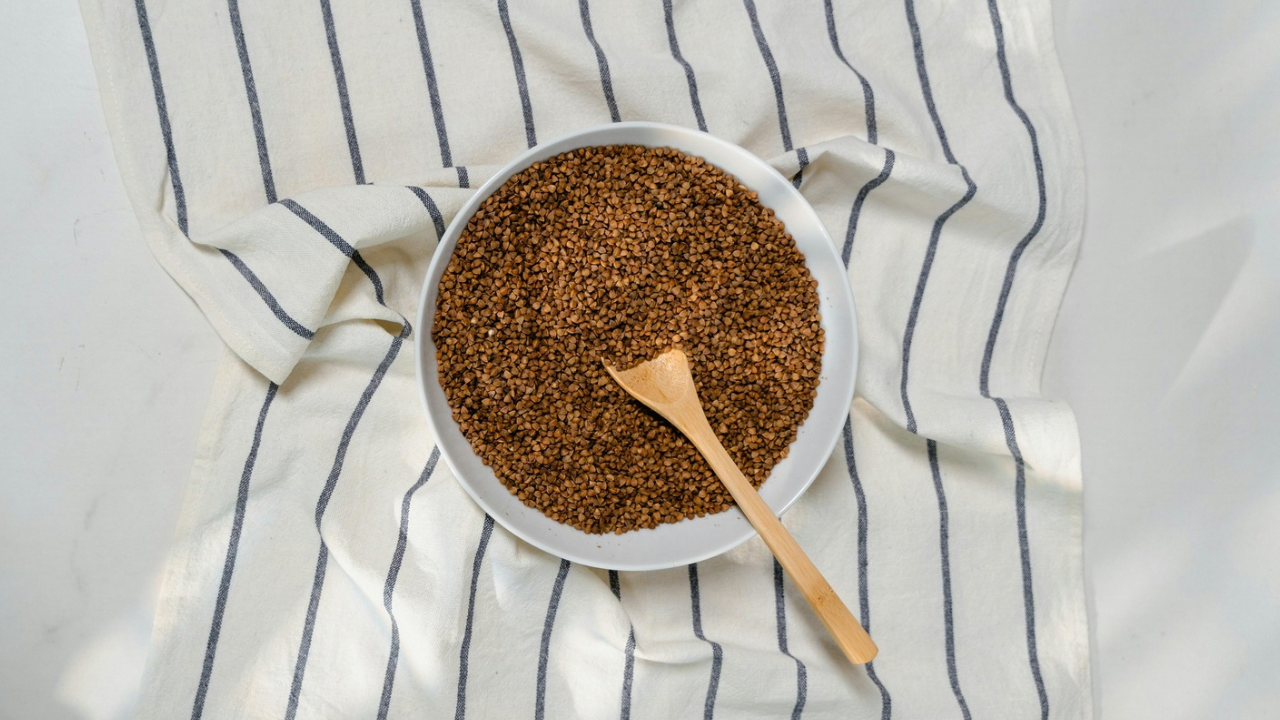Not all grains are created equally, and for those following a gluten free diet it’s important to know what’s edible and what’s not.
So today we’re going to share 5 gluten free grain alternatives that can you can use in all sorts of culinary contexts, from curries to pasta sauces to omelettes!
One thing to note, many of the “grains” we’ll mention technically aren’t grains. They’re actually considered pseudo-cereals, or pseudo-grains. But in terms of our tastebuds, we think this is a minor detail!
Amaranth
Amaranth is an ancient grain similar to quinoa. It’s cooked in a similar way to rice, but when simmered comes out with a more porridge-like consistency. It can be eaten for breakfast, or even used to thicken up soups!
Quinoa
Quinoa (KEEN-wah) is one of the better known ancient grains, and has gained a reputation as an all-round superfood. It cooks just like rice, and when done right comes out wonderful and fluffy, with a nutty and earthy flavour.
Buckwheat
Despite its misleading name, buckwheat is absolutely gluten free. It also belongs to the pseudo-cereal group, and makes a wonderful alternative to pasta and couscous. You can also use buckwheat flour to make your own soba noodles!
Polenta
Though polenta may not work as a regular grain alternative, it’s still extremely delicious! Use it to make the classic Italian dish, or incorporate it into a cornbread recipe for something nice and hearty to dip into your soup.
Gram Flour
Gram flour is essentially yellow lentil flour, and it’s worth mentioning just because it’s a fantastic gluten free flour alternative. What makes it so special is that it has the binding properties often lacking in other gluten free flours. So no more crumbling! You can also use it to make omelets and fritters.
Keep it gluten free
For more ideas and inspiration, why not have a go at baking this gluten free bread recipe, or get creative and try pairing one of these grain alternatives with one of our sauces mixes!
Photo by Mart Productions, sourced from Pexels.

